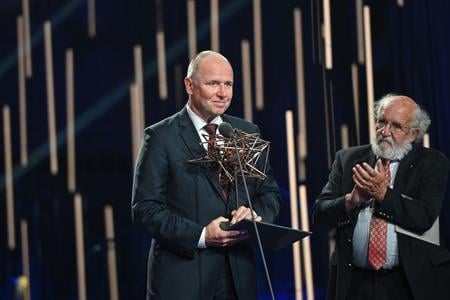The discovery of the hormone insulin and its subsequent production since the 1920s has saved the lives of millions of diabetes sufferers.
Insulin mediates the transfer of glucose – i.e. blood sugar, the main power source for cells – from blood to cells. If absent, or if its activity is impaired, diabetes develops.
But while many people with the disease can today live normal lives by taking insulin, in a small but still significant group of patients, current treatments are unable to control blood sugar levels, leading to health complications.
These patients have hyperglycaemia, or high blood sugar levels. There are also those with hypoglycaemia, low blood sugar levels, which may develop during the intensive insulin treatment. Some patients experience an uncontrolled hypoglycaemia without any symptoms that would indicate they need to raise their blood sugar levels. This may lead to diabetic coma, a life-threatening situation.
One treatment for these people comes in the form of cell therapy called pancreatic islet transplantation. This involves transplanting clusters of cells that help produce insulin, among other things. Since these cells are not part of a patient's body, immunosuppressants, which pose risks for the patient, are necessary.
To avoid having to use them, researchers around the world are looking into isolating the islets from the immune system by wrapping them in a semi-permeable polymer membrane. But this is easier said than done. Creating a membrane that a body will consider 'friendly' is not easy and currently, dozens of institutes around the world are trying to find a way to do so.
Polymer chemist Igor Lacík and his team from the Polymer Institute of the Slovak Academy of Sciences, who have been researching such a membrane, recently published the results of their work in the ACS Biomacromolecules journal.

To stay up to date with what scientists in Slovakia or Slovak scientists around the world are doing, subscribe to the Slovak Science newsletter, which will be sent to readers free of charge four times a year.
Finding a cure
Lacík has described transplanted islets as effectively acting like a body’s pancreas in terms of sugar control, although they are isolated from the pancreas. However, the transplant requires immunosuppressants.
If they could be transplanted in a way that would render the use of immunosuppressants unnecessary, then we would have a functional cure, he has said.



 Polymer chemist Igor Lacík (centre). (source: ESET Science Award/Linda Kisková Bohušová)
Polymer chemist Igor Lacík (centre). (source: ESET Science Award/Linda Kisková Bohušová)